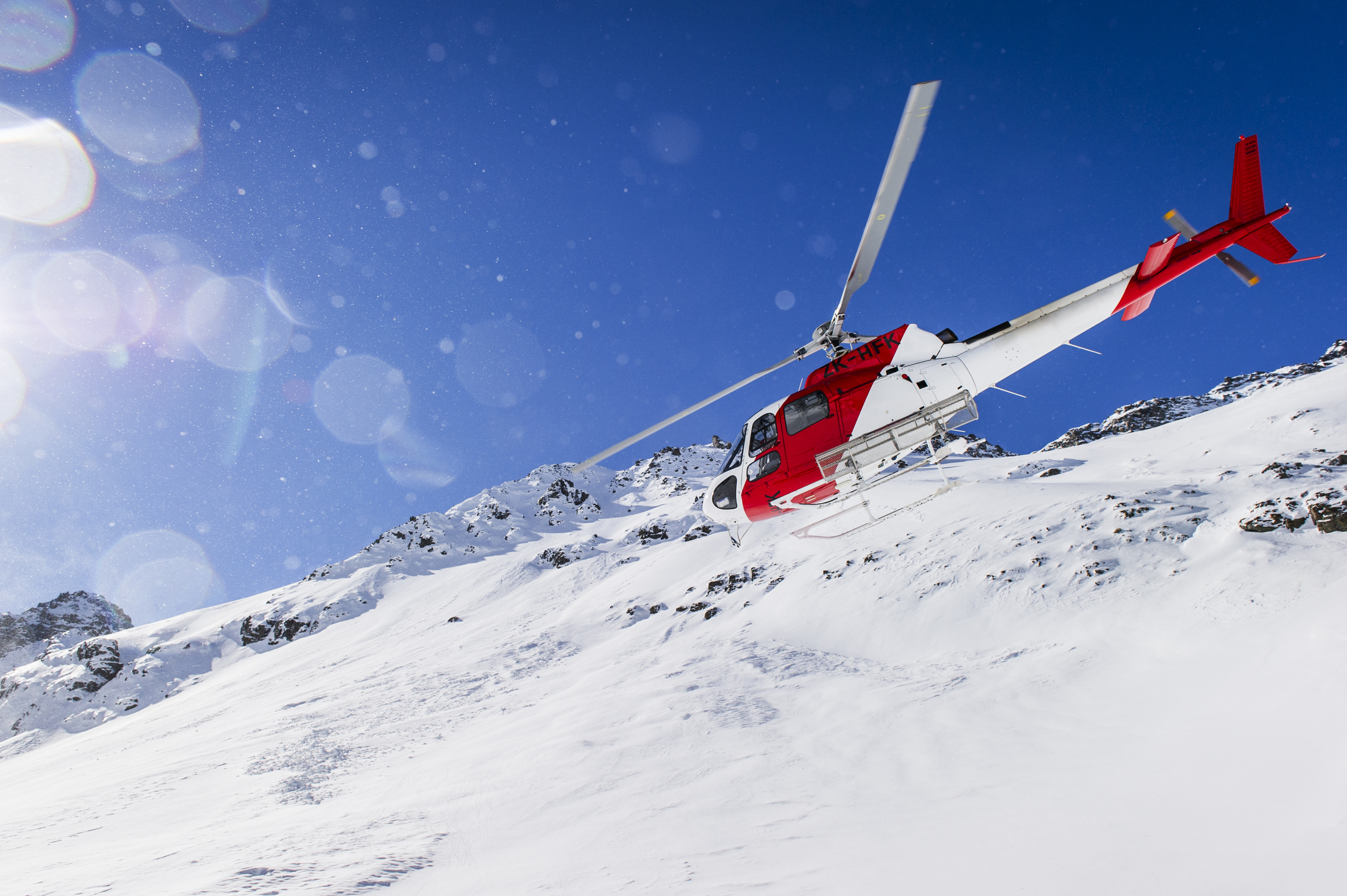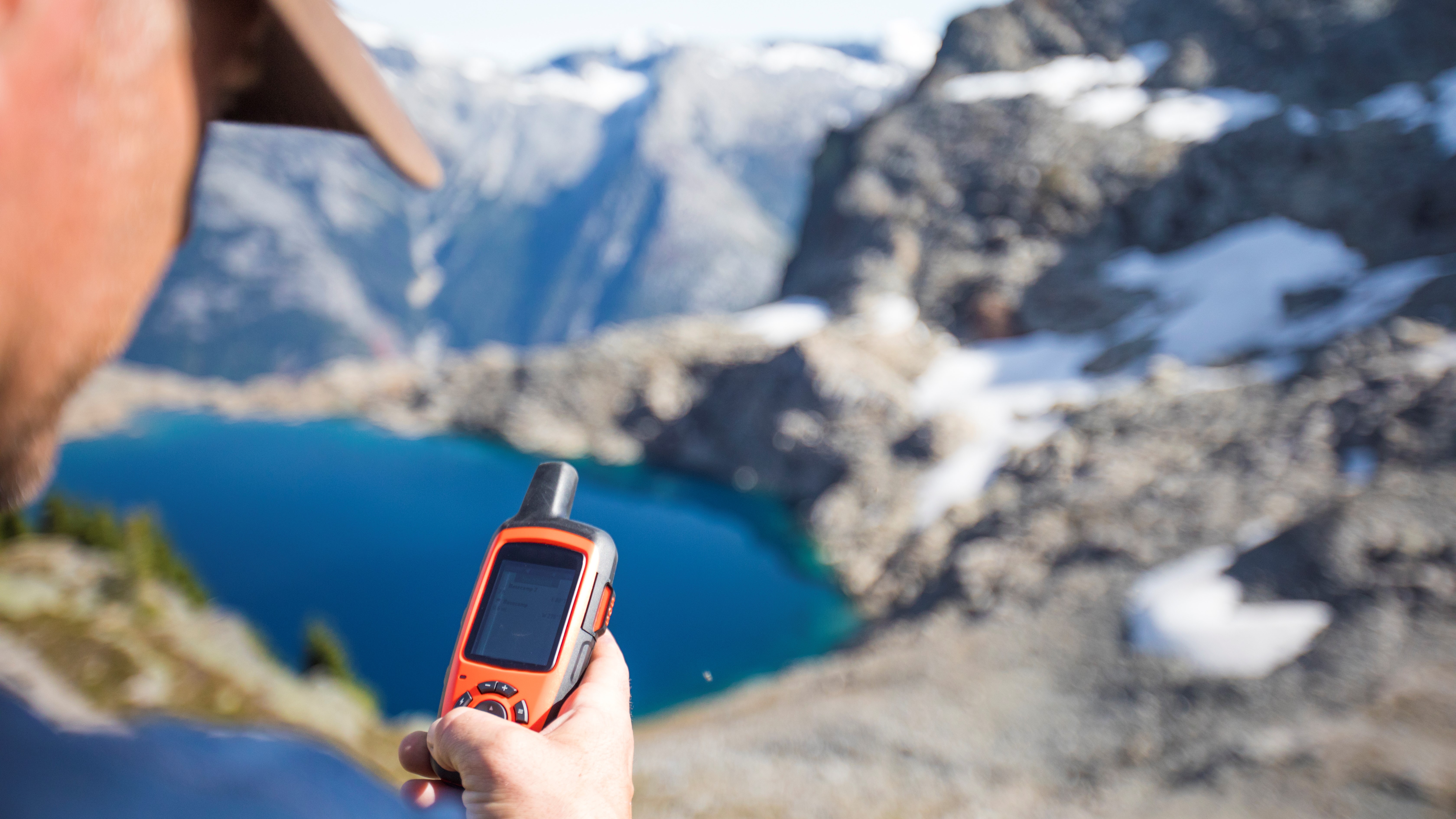What is a RECCO reflector? And why do you need one?
What is a RECCO reflector? Understand how this rescue technology works to improve your chances of survival in the backcountry

Adventuring in the backcountry buys you the best beauty spots nature has to offer, but it also carries some intrinsic dangers such as avalanche risk, and a higher likelihood of getting lost or injured. When such a disaster strikes, you want to be as prepared as possible, with items such as an avalanche beacon, shovel, probe and emergency blanket. If you’ve been shopping for winter kit such as ski jackets and ski pants, backpacks, ski boots and helmets, you may have seen many garments advertising that they come with a built-in RECCO reflector to help mountain rescue services reach you if you meet with peril. But what is a RECCO reflector anyway? And do you need one?
In this article, we explain how this rescue technology works, what sets it apart from an emergency beacon, and why you need to carry both if you’re heading off-piste. If your gear needs upgrading, our guides to the best ski jackets for men and ski jackets for women are full of great options.

What is a RECCO reflector?
A RECCO reflector is one part of a two-part rescue technology developed in 1983 in Sweden. According to RECCO, the system is composed of a detector, which emits a directional radar signal, and a passive reflector which is usually integrated into an item of clothing or gear. Together, these two components may allow search and rescue teams to more quickly and easily locate you if you are buried in an avalanche or otherwise stranded in the backcountry. If the rescue team has a detector, they will employ it upon arrival – or even from the air if there’s a helicopter search. The detector transmits a directional radar signal and if the signal hits a reflector, it returns an audio tone which helps the rescuers pinpoint your exact location.
Currently, RECCO reflectors are integrated into various outdoor gear products from over 150 outdoor brands like Arc’Teryx, Patagonia and Helly Hansen, and are also available as standalone products that can be attached to backpacks and helmets. A reported 900 ski resorts and mountain rescue organizations in 32 countries across Europe and North America utilize the handheld and helicopter detectors in their rescue missions.

RECCO reflector vs avalanche beacon
Upon seeing that RECCO reflectors are often included in gear that you’re planning to buy anyway, you might be wondering if all this means you can skip the expense of an emergency beacon? If you’ve read our article on emergency beacons for hiking, you’ll know that a Personal Locator Beacon can set you back up to $400, while satellite messengers can cost up to $700 plus a monthly subscription – a small price to pay in exchange for your life, certainly, but enough to make you think twice. RECCO reflectors can be purchased for as little as $25 and are small and lightweight (about the size and weight of a Band Aid) while a satellite messenger like the Garmin inReach is more akin to the size of a cell phone and weighs about 4oz.
Emergency beacons, when activated, transmit an emergency distress signal using global satellite technology, and work when cell phones don’t, so they’re considered a key piece of safety equipment for anyone adventuring in the wild. RECCO reflectors are passive technology, which means that they don’t transmit anything, and are only useful if someone in your rescue team has a RECCO detector (the handheld detectors are about the size of a phone book while helicopter detectors are barrell-sized, so you’re friends aren’t likely to be skiing around with one). That said, emergency beacons have their faults – they rely on batteries, manual activation, a largely unobstructed view of the sky and can get broken. A RECCO reflector doesn’t rely on a battery, manual activation or a clear view of the sky, and unless it gets structurally damaged, will last a lifetime.

Do you need a RECCO reflector?
If you’re skiing or mountaineering in the backcountry, off-piste or anywhere that’s at risk of avalanche, there’s honestly no reason not to have a RECCO reflector, especially since it doesn’t add any significant weight or cost. If you’re buried in snow or knocked unconscious, you simply may not be able to activate your beacon, but with a RECCO reflector, searchers may still be able to find you if someone else has raised the alarm (another reason never to venture out alone). There are recorded instances of people being rescued thanks to RECCO technology – a 2016 case report published in the Wilderness and Environmental Medicine Journal describes a skier who was completely buried in an avalanche in Spain being pulled to safety in under 35 minutes.
All the latest inspiration, tips and guides to help you plan your next Advnture!
However your RECCO reflector is not a substitute for an emergency beacon – consider your RECCO to be a backup rescue technology and make sure that your adventure buddies know that you have a RECCO reflector on your person, so that they can quickly advise the rescue team. As you may know, if you’re buried by an avalanche you may only have minutes, so every second counts.
- The best avalanche beacons 2024: emergency transceivers that save lives
- The best ski gloves: keep your hands warm and comfortable on the slopes
Julia Clarke is a staff writer for Advnture.com and the author of the book Restorative Yoga for Beginners. She loves to explore mountains on foot, bike, skis and belay and then recover on the the yoga mat. Julia graduated with a degree in journalism in 2004 and spent eight years working as a radio presenter in Kansas City, Vermont, Boston and New York City before discovering the joys of the Rocky Mountains. She then detoured west to Colorado and enjoyed 11 years teaching yoga in Vail before returning to her hometown of Glasgow, Scotland in 2020 to focus on family and writing.

